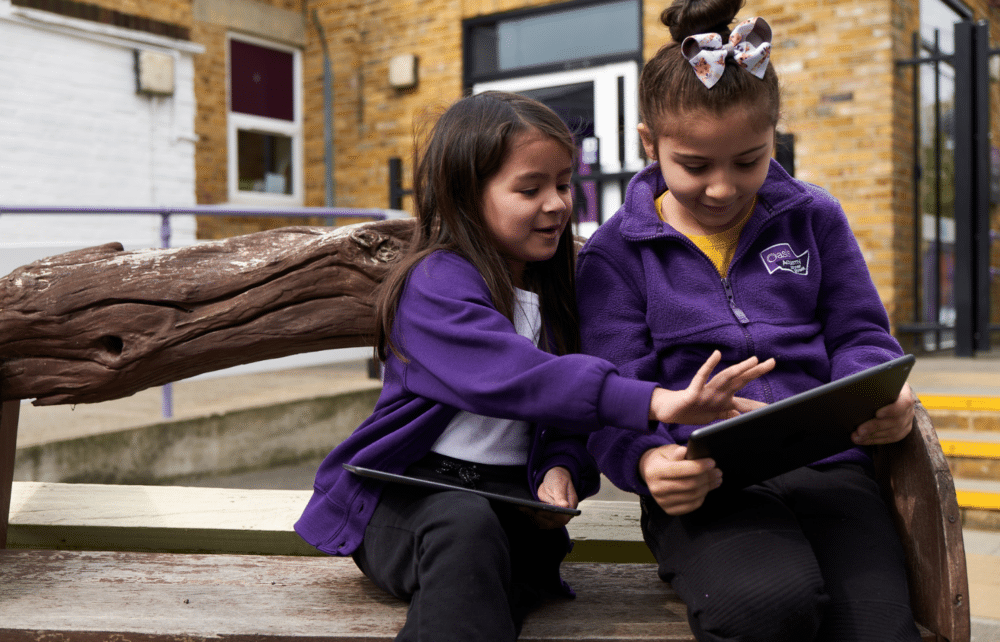
Ensuring Child Safety in Education: A Closer Look at the KCSIE 2023 Updates
Child safety is paramount within the education system, and it is crucial for schools and educators to be well-informed about the latest guidelines and regulations to create a safe and nurturing environment for students. The Keeping Children Safe in Education (KCSIE) guidelines, updated in 2023, play a pivotal role in safeguarding children and addressing potential concerns and forms of abuse. By updating the guidelines, schools have a better framework to provide a safe space for learning both on and offline.
Enhanced Focus on Mental Health and Wellbeing
One of the noteworthy updates in the 2023 KCSIE guidelines is the increased emphasis on mental health and wellbeing. The new guidelines recognise the vital role schools play in promoting positive mental health, ensuring students have access to the necessary support and interventions.
Schools are expected to have at least one senior mental health lead, either as an individual role or dual role (where they may be the senior mental health lead and a SENCO, for instance). This role is even more important as cyberbullying and online abuse becomes more prevalent. In their recent review, the Anti-Bullying Alliance found that 15% of surveyed children had experienced online abuse from someone they knew. 64% of this group said that this had a “high [negative] effect” on their wellbeing (2022)¹. To comply with the updates to KCSIE, schools must be receptive to the emotional damage that online abuse can cause, understanding that cyberbullying is just as serious as any other form of abuse, by providing training and CPD. To support this, the DfE has a training allowance for schools to fill the role of Senior Mental Health Lead.
Expanding the Definition of Peer-On-Peer Abuse
To better address and prevent peer-on-peer abuse, the 2023 updates have broadened the definition of such abuse. This change allows educators to identify and intervene in situations where students may be vulnerable to abuse from their peers, fostering a safe and inclusive learning environment. In an increasingly digital landscape, the updates acknowledge that cyberbullying is as damaging as any other form of abuse. The new guidelines stipulate that all staff recognise the importance of preventing digital abuse within schools, ensuring that cases are reported to the Designated Safeguarding Lead or relevant authority in the first instance.
Comprehensive Staff Training
The 2023 updates highlight the importance of comprehensive staff training in safeguarding procedures and child protection. Schools are encouraged to provide ongoing training to staff members to ensure they are well-equipped to identify and respond to safeguarding concerns effectively.
The new guidance included some powerful statements:
“An effective whole school and college approach to online safety empowers a school or college to protect and educate pupils, students, and staff in their use of technology and establishes mechanisms to identify, intervene in, and escalate any concerns where appropriate.”
(Keeping Children Safe in Education, 2023)
“[Staff should consider] online safety whilst planning the curriculum, any teacher training, the role and responsibilities of the designated safeguarding lead (and deputies) and any parental engagement.”
(Keeping Children Safe in Education, 2023)
Strengthening the Role of Designated Safeguarding Leads (DSLs)
DSLs play a crucial role in safeguarding children in schools. The updated guidelines underscore the significance of their position and the importance of providing them with the necessary authority and support to fulfil their responsibilities effectively.
The new guidance also signposts the need to include external devices within their digital safeguarding plan, recognising that some pupils have unlimited online access with their own device (e.g,smartphone) on 3G, 4G and 5G networks. Schools should work closely alongside DSLs to ensure that online abuse prevention is put in place, as well as issuing a clear and consistent stance on the use of external devices at school to all staff, students and guardians.
Reflecting on the KCSIE 2023 Updates
The Keeping Children Safe in Education 2023 updates reflect the education sector’s commitment to creating a safe and secure environment for every child. By addressing mental health, peer-on-peer abuse, bolstering the role of DSLs and implementing effective staff training, these revisions demonstrate a proactive approach to safeguarding students, both on and offline.
As schools and educators implement these guidelines, they contribute to fostering a nurturing educational environment where students can thrive and reach their full potential without compromising their safety and wellbeing.
How can Sync Help Your School Deliver These New KCSIE Statutory Guidelines?
By linking your Mobile Device Management solution with the appropriate Filtering solution, such as Lightspeed Filter, you can know who is using which iPad in a 1:1 Deployment or Shared iPad environment.
This user identity can be passed across to the filter so any inappropriate or potentially harmful activity can be flagged and logged. The filtering solution can apply appropriate settings as defined by the school’s Safeguarding team. Any attempts to access inappropriate content is logged and restricted, at any time, day or night.
Combining AI monitoring with human operators the system can alert your Designated Safeguarding Lead if an incident occurs of relevant severity, effectively complying with your safeguarding policies.
To find out more about how you can effectively safeguard students with technology and online filtering solutions, please reach out for a consultation with one of our Education Specialists.